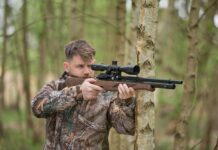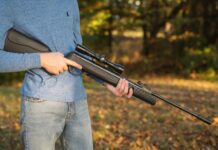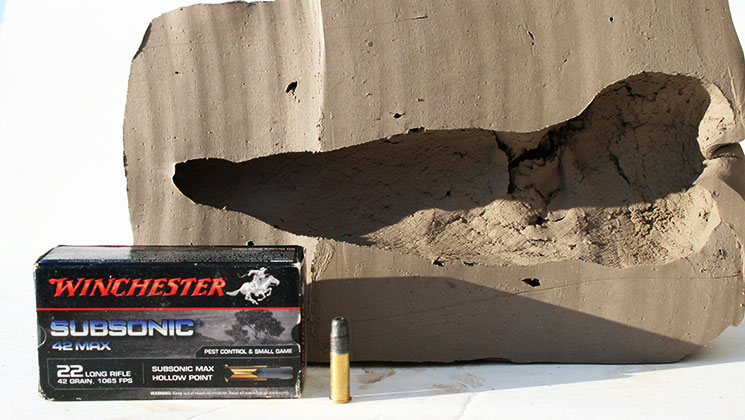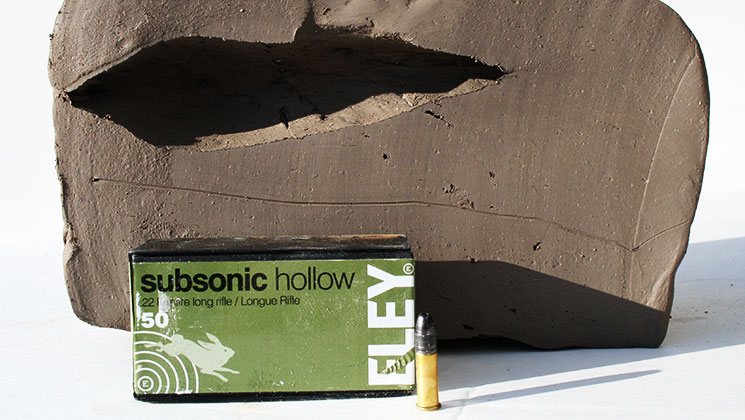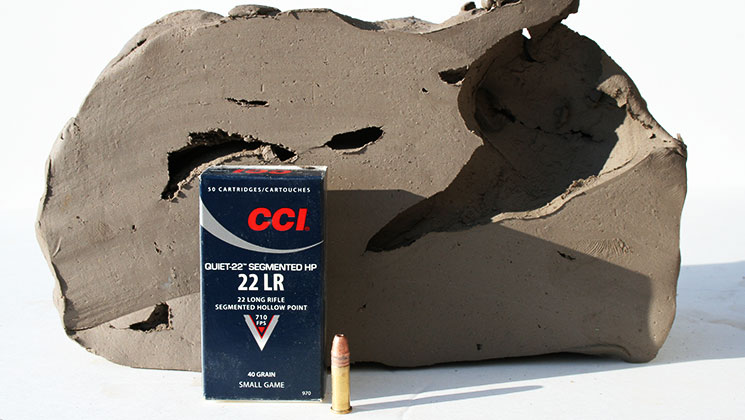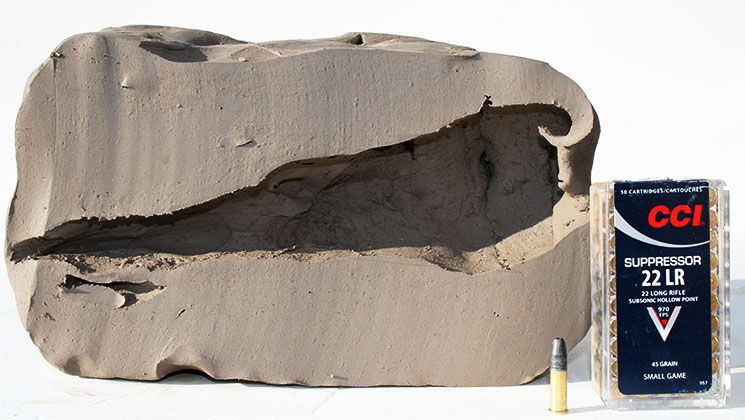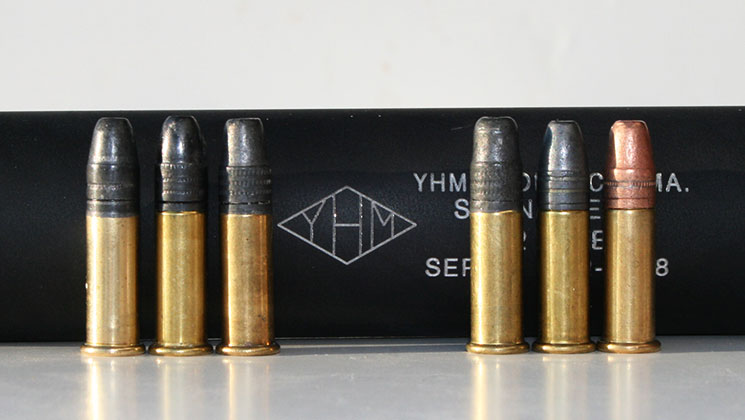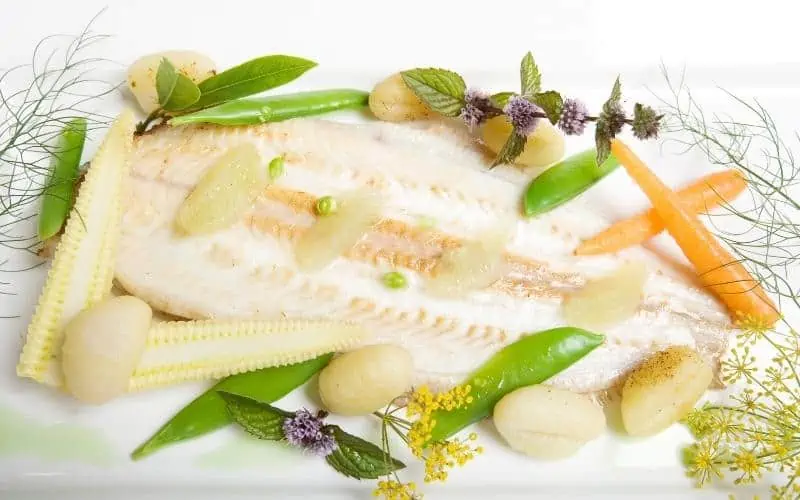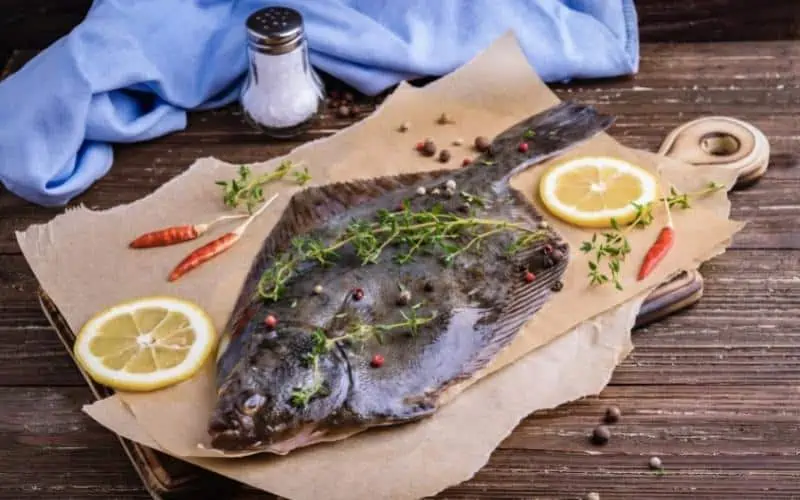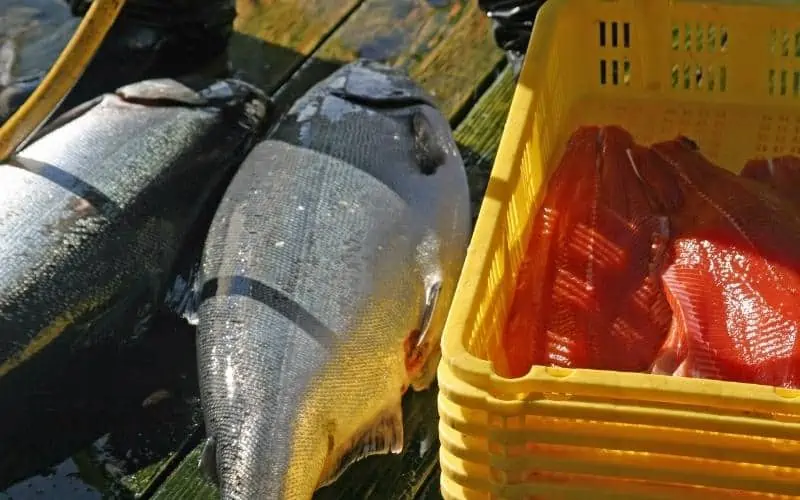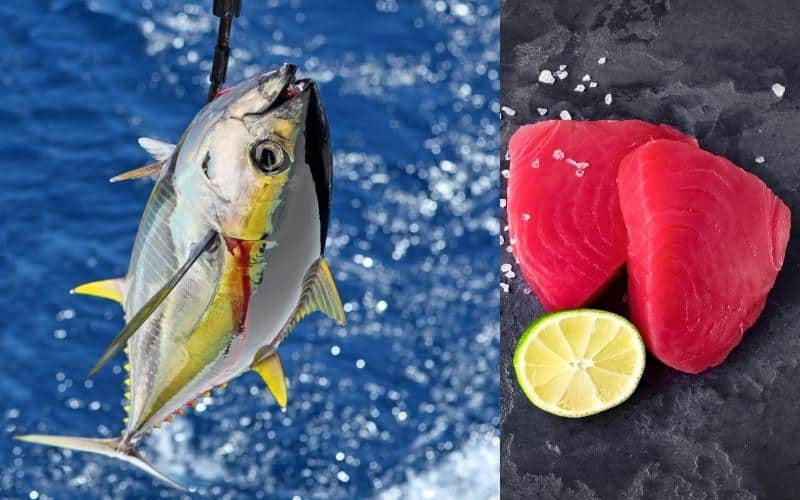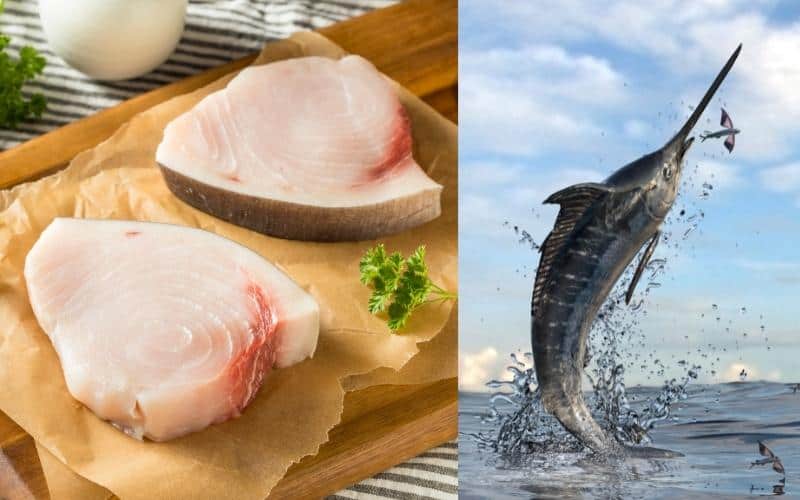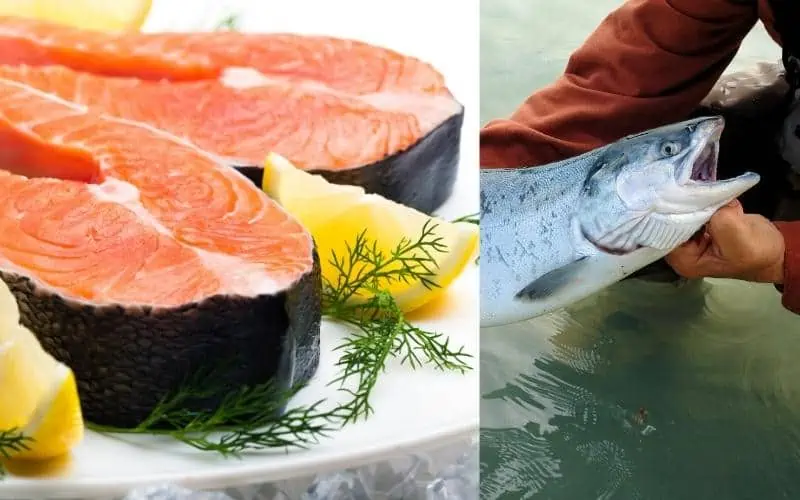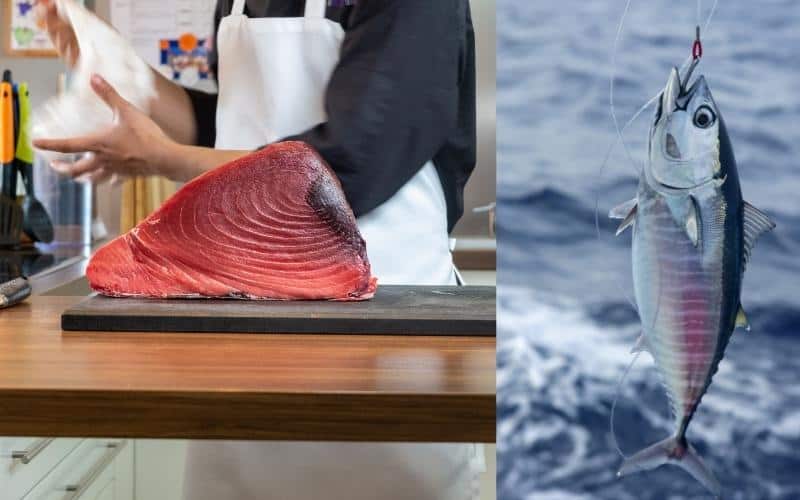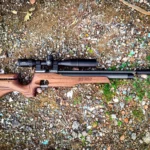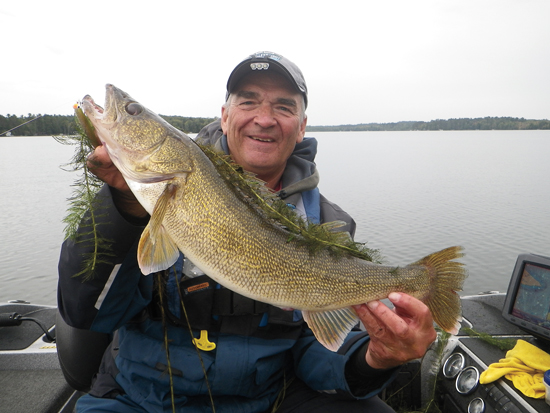
A pair of marble eyes suspended in green shadows. Last thing seen by many a baitfish. The weed-walleye connection is well documented, and many walleye tournaments have been won by targeting walleyes above, outside, and buried in weeds.
Species of aquatic vegetation used by walleyes vary with environments. Seasons ordain certain species of vegetation as walleye kingdoms while evicting walleyes from others. So what weeds do walleyes use most, or in what order as the environment changes with the seasons?
Some think it’s simple: Follow the forage. But it’s hard to find weeds without forage. Other factors are afoot. Where to start on any given day — in green cabbage? Elodea or coontail? Tobacco cabbage? Some other pondweed. Perhaps milfoil?
Wisconsin’s Greg Bohn puts clients on 10-pound walleyes like Miguel Cabrera hits baseballs — at a record pace. He can take clients trophy hunting or go for numbers, day or night. Either way, count on fishing around weeds. For Bohn, vegetation is more than cover. Plants are indicators, gauges, pointers, and signs on his dashboard. “I’m always excited anticipating how the weeds are going to be developed when the season opens in Wisconsin,” he says. “Lakes can be frozen on opening day, and I’ve seen openers with stalks already three feet high. It’s a guessing game until you get out there and investigate.”
In a warm spring, plants grow quickly and chances are good walleyes are in and around some variety of “cabbage.” What anglers commonly refer to as cabbage is mostly clasping-leaf pondweed. But most seasons start with a different plant species — the first one standing, and Bohn’s best early indicator. “Takes time for some types to develop,” he says. “So you have a growth shallow right away, and it progresses deeper during that first month of the season until you’re fishing around different species at different depths in May than in June.”
Bohn’s walleye compass when the season opens is elodea, sometimes called waterweed. “It’s available right at ice-out,” he says. “Elodea grows from a couple feet out to about 8 feet — sometimes in depths of 10 feet. Walleyes love it early. Find elodea and you find walleyes because it’s the only game in town. Perch are looking for vegetation to spawn on most years when the only greenery is elodea, which grows to a height of 10 inches to a foot. Start searching for it early in 2- to 4-foot depths. It generally appears first in bays where the water warms up sooner than the lake.”
Then he looks for what some call broadleaf, tobacco, or brown cabbage, soon followed by clasping leaf pondweed, also called green or narrow-leaf cabbage. “When green cabbage reaches maximum height, the buds pop out above the surface,” he says. “It’s a tough plant. The main stalk can break light line when a big fish wraps in it. It comes up quick and it’s fast growing. It’s the next thing to take off after elodea, and it’s the first type of vegetation most anglers begin to pattern walleyes in.”
Once a big-fish weedbed, always a big-fish weedbed. “There’s something about certain weedbeds that draw big fish almost every year,” he says. “One particular weedbed in a lake may continue producing big fish all your life at a certain point of the season. The attraction sometimes is a steep drop along one edge into deeper water. Sometimes it’s boulders along it. Sometimes it’s consistency of growth year-to-year. It could be they spent a lot of their young lives there, because it’s close to spawning habitat. Little idiosyncrasies that make it attractive in ways we can’t see — that progression is the neatest thing to follow.”
Walleyes are attracted to peak growths of different species of vegetation, but other conditions may determine how walleyes use it. “Walleyes come in-and-out of weeds a lot,” he says. “They react immediately to a change in the surface chop or a change in the light around weeds. They use vegetation differently, based on conditions and weather. They travel half way across the lake to find warmer water in spring. Your temperature gauge becomes your guide. In the 40°F- to 60°F-range, a few degrees makes all the difference. When it gets cold at night early in the season, deeper water is warmer than shallow water and walleyes are in deeper weeds. On sunny days, you find them moving shallower as the water warms — always to a peaking species of vegetation growing in some slightly different substrate.
“As the season progresses, walleyes might be less concerned about a few degrees of temperature change, but temperature remains critical all summer,” he says. “Plant species shift and walleye preferences change, too. They follow the vegetation to an edge, gradually shifting deeper as vegetation extends downward. The 4-foot plants are unproductive by late June, when 8- to 10-foot weededges become prime. It’s a combination of two things — water temperature and maturity of plant growth.”
Bohn always works vegetation from the outside edge inward. “Don’t pile right into the vegetation,” he says. “Our initial casts don’t even reach the weededge. Any clumps or points off the edge — that’s where the big fish are. Start well outside the weedline and feel for the edge. You often can tell what kind of plants are present by jigging. If not, try to get a look. Most days, the type of vegetation is important. When you start catching walleyes, you have to know what plants to look for on the next spot.”
Mid-summer cabbage lines and coontail clumps stop between 6 and 20 feet, depending on water clarity. “It takes time for the food chain to get going down there,” he says. “Minnows may not inhabit those deep edges for a while. Until the plants mature, baitfish continue to use shallower vegetation. But those plants may become too thick and walleyes seem to avoid beds that are overly dense. They like newer growth coming into peak height. It’s like a stair-step progression. Walleyes use plants at 4 to 6 feet, then within a week or two they move down to those at 8 to 10 feet, and so on. The deepest are coontail and sandgrass down to about 20 feet and that’s the end of the cycle. That’s where they stay until ice-up.”
Patterns and Presentation
“Walleyes are there big-time or not at all,” Bohn says. “It takes a short time to figure out which plants to focus on. Move quickly because walleyes do. It’s amazing what can happen in seven days as the ‘right weeds’ suddenly become too thick for walleyes and they move to a new restaurant just a few feet deeper. Sometimes walleyes cross the lake to find the next stage of weedgrowth. These movements aren’t necessarily taking place on the same piece of structure or in the same area of the lake. Sometimes it seems like the entire walleye population moves into one particular weedbed for a short time. Usually, though, when they move it’s a pattern that persists around the lake. Say they move to a type of vegetation growing at 10 feet on a sandbar. Every sandbar on the lake that has that type of vegetation has walleyes.
“Wind pushes walleyes shallower,” he says, “but I love to fish vegetation on flat, sunny, calm days right after a cold front. Bluebird days after fronts can be awesome in weeds. Walleyes favor shade and hold where feeding is easy. Look for fish activity on the surface. Young perch dimple the surface and outline a weedbed in calm water. Watch for them skipping out of the water, indicating predators on their tail. But windy days are great, too. In either case, I catch walleyes in weeds with 1/16- to 1/8-ounce perch-colored jigs.”
As surface temps warm between 60°F and 68°F, Bohn switches from fatheads and chubs to leeches, then to crawlers under slipbobbers from 68°F and up — but he uses more artificial softbaits than anything else. “When plant growth is developing, panfish become a nuisance, especially at the leech-and-crawler stages,” he says. “Softbaits take off when the water reaches 60°F. At a certain point every summer, I stop bringing livebait. Softbaits outproduce livebait in warm water.”
He jigs with 10-pound Stren Magnathin. “I like mono with plastics,” he says. “Braids work in vegetation, but the drop is less radical with thicker mono. And when you lift with braid, action is more abrupt because of the lack of stretch. It removes the arc in your lift-drop, too. Walleyes tend to hit on the drop, so having that arc, that pause at the top, and that slower fall is critical. Braid is too abrupt. No need for long casts, either. In weeds, short casts are a must.”
Bohn pitches with a rod at least 7 feet long with a medium power and a fast tip. “G. Loomis makes the BSR852, a 7-foot 1-inch stick,” he says. “It’s better known as a bass rod, but it’s an awesome jigging rod for plastics and walleyes. Medium power and fast action are needed to rip weeds free. For jigging I use a slightly heavier jig with plastics. If I’m using a 1/16-ounce jig with minnows, I use a 1/8-ounce one with softbaits. There are many differences between jigging livebait and plastics. To be productive, you have to appreciate those differences.”
Bohn uses 4-inch soft jerkbaits in minnow shapes in 55°F to 75°F water. “Once leeches and crawlers start working, Kalin’s and Berkley grubs excel,” he says. “Paddletail minnows and small swimbaits — a lot of softbaits work, but I have my best luck in warm water with 3-, 4-, and 5-inch action tails that resemble leeches and crawlers. Ring worms and grubs are good in warm water. Once the water starts to cool and days get shorter, minnow-style baits come back. We began catching bigger fish faster with softbaits than we did with livebait years ago. It’s so effective. I was strictly a livebait guy for years, but now I rarely have livebait on board once the water warms.”
After becoming a “plastics guy,” he designed the Walleye Limit Minnow. “It has the right texture and lifelike flexibility,” he says. “Stiff plastics don’t work well for walleyes. They get bumped and tapped, but not eaten. I think those bumps sometimes indicate walleyes are testing the texture of the bait. The Walleye Limit Minnow is the best soft jerk for walleyes I’ve used.”
Most people jig upward all the time. “With softbaits, you need something a little different,” he says. “Every day can be different. Some days it’s pop it up and let it fall, but sometimes they want it moving horizontally then dropping. You have to incorporate a pull, a short swim, or a slow lift, giving walleyes the opportunity to move under the jig. I freeze the rod tip at 11 o’clock, never go beyond noon, and never drop it below 10 o’clock. I watch the bow in the line. When you lower the rod you lose contact with the jig long enough for fish to pick it up and spit it out without feeling a thing. Freeze that rod at 11 o’clock and you feel everything. You see more line strikes and feel more ticks and light bites.”
A jig has to be rigged perfectly with softbaits. “It has to be straight,” he says. “If it’s spinning, circling, or running sideways, it won’t produce. Make sure the lure looks symmetrical and straight — not off balance, bunched up, or crooked. With minnow-shaped softbaits you do more twitching. With action-tails you twitch less and swim more. Hopping them is good, but a slow, steady swim can be best. With livebait, you give them time to get a good hold on it. With softbaits, you want to set the hook immediately. Clients often get bites without setting the hook right away. It’s in and out of their mouths so quickly. Weeds feel almost the same. If you feel a tip or a tap like a perch tapping a nightcrawler, that’s a strike. A lot of strikes are weight strikes — if you feel weight, set the hook.”
With softbaits, you get a lot of “let’s-get-acquainted bumps,” he says. “The best way to get that walleye to strike after a bump is to keep going. Act as if nothing happened and keep jigging. Once you get the lure near the boat, don’t raise it up immediately. Walleyes follow more than muskies. After the lure gets to the boat we catch tons of walleyes by jigging up and down right under the boat. Maybe 6 to 8 inches, and just a couple lift and drops. If they’re there, they react to that abrupt change in retrieve angle. Work it all the way in.”
As mentioned before, Bohn likes perch colors. “Walleyes are on perch-imitating jigs and baits based in green,” he says. “Chartreuse-and-lime, glow watermelon — any shade of green. A perch-glow head in firetiger or parrot is my favorite. All green or green-back, pearl-belly plastics are key in weeds.”
A soft jerk on a small jig swimming through green shadows. Last thing seen by many a marble eye near Greg Bohn.

